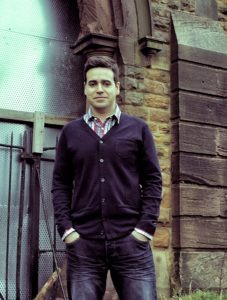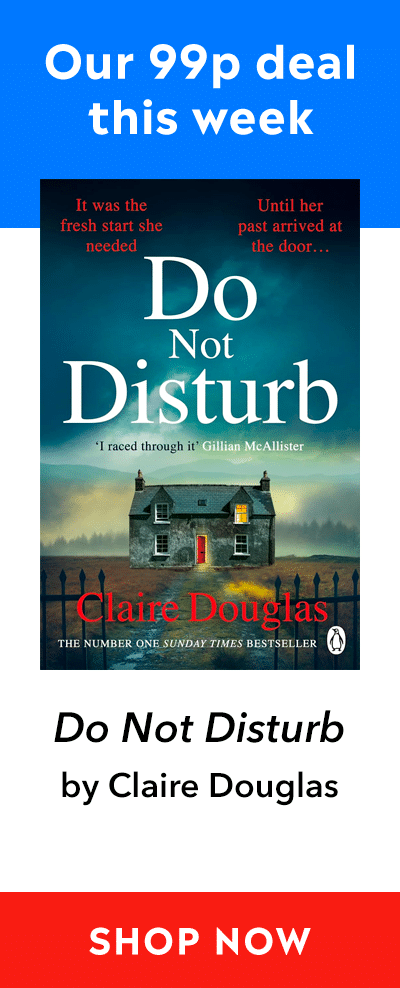Books
The Appeal of Locked Room Mysteries
Even though I’ve lived and breathed fantasy and science fiction for years, I’ve been a reader of the crime genre equally as long. In fact, the crime genre has become the fiction into which I escape: from the brooding landscapes of Henning Mankell to the Japanese noir of Seichō Matsumoto, as well as pulp writers like David Goodis and more recently the wild frontiers of C.J. Box. When I decided to write a proper crime crossover novel, I wanted to show my admiration for mysteries. What better way of trying to prove that then tackling one of the most iconic types of crime stories – locked room mysteries.

Every crime reader or avid watcher of TV mysteries must, at some point, have come across the classic locked room scenario: a body is found murdered in a sealed room in a posh house. There’s no way into that room, and no way out; the key is still in the lock, on the inside. Perhaps it’s winter and there are no footprints in the snow outside the window to the room, so no one has escaped. People might have been standing on the other side at the locked door and heard noises at the time, making things all the more strange. The murder just seems impossible…
While researching the workings of the locked room mystery to see the kind of techniques that other writers had used before me, I found plenty of great books. Though not an endless list, there were a surprising number of these locked room novels. I came across a wonderful writer called John Dickson Carr, who also wrote under the name of Carter Dickson. He created dozens of cerebral mysteries, many of which featured a locked room aspect. I’ve got a big stack of green Penguin paperbacks that he wrote, and from the gothic mansions to the heady clubs of Paris, he managed to create a locked room mystery in all types of settings. In either of his guises, he is probably the go-to man to really learn the craft of the locked room thriller. But he is of course not the only writer: from Wilkie Collins (The Moonstone) to Agatha Christie (And Then There Were None), and even through to more contemporary writers such as Jeffery Deaver (The Vanished Man). Even on the telly, there’s the splendid Jonathan Creek series.
It’s probably one of the most seductive and entertaining forms of storytelling from the writer’s perspective, because she or he is closely involved with the reader in the act of creating the story. More than any other form of narrative I’ve tried, there’s a conscious relationship between the author setting the puzzle and the imagined audience who would be trying to decipher it, even though it’s the writer who projects that relationship. In my particular case it was a locked temple mystery, forming the centrepiece of a wider story set in a world inspired by Ancient Rome, but the mechanics were still very much the same as many others in this sub-genre. A body was found on the temple floor, most definitely not the victim of suicide; there was no way in or out; the victim had been seen just moments before they were discovered. Every nuance had to be tested in my mind before my potential reader. I had to consider what they might think about the various elements, and whether they’d be able to work it out – and have fun guessing at the same time. Even the language used in these mysteries is deliberately deceptive, using charged words in the hope that you can lead the reader down the wrong path. Most importantly, I had to apply the main rule of the locked room mystery: I had to ensure the reader trusts that I’m not cheating. That’s part of the pact. Everything is there in plain sight. All the clues, all the evidence, all the knowledge is laid bare for the reader to be able to work through themselves. The trick is to think like Derren Brown, whilst hiding everything in plain sight.
During the whole creative process, I realised that the locked room mystery was not simply a mystery set in a locked room. In some cases, they were set in open spaces just as much as closed ones – the second of the crimes I set was on a beach. This sub-genre focussed instead on impossible crimes, which can be hugely varied, so long as the clues were all there, and the pact of honesty existed between the writer and the reader. But whereas many crime novels rely upon the charm (or lack of charm) of their lead detectives, or the location, the mood, or the aesthetics, these types of novels perhaps more than any other rely upon the mystery itself.
The appeal of the locked room mystery is essentially that it is a how-dunnit, and for as long as humans enjoy puzzles, I reckon the locked room mystery will endure.


Please note: Moderation is enabled and may delay your comment being posted. There is no need to resubmit your comment. By posting a comment you are agreeing to the website Terms of Use.